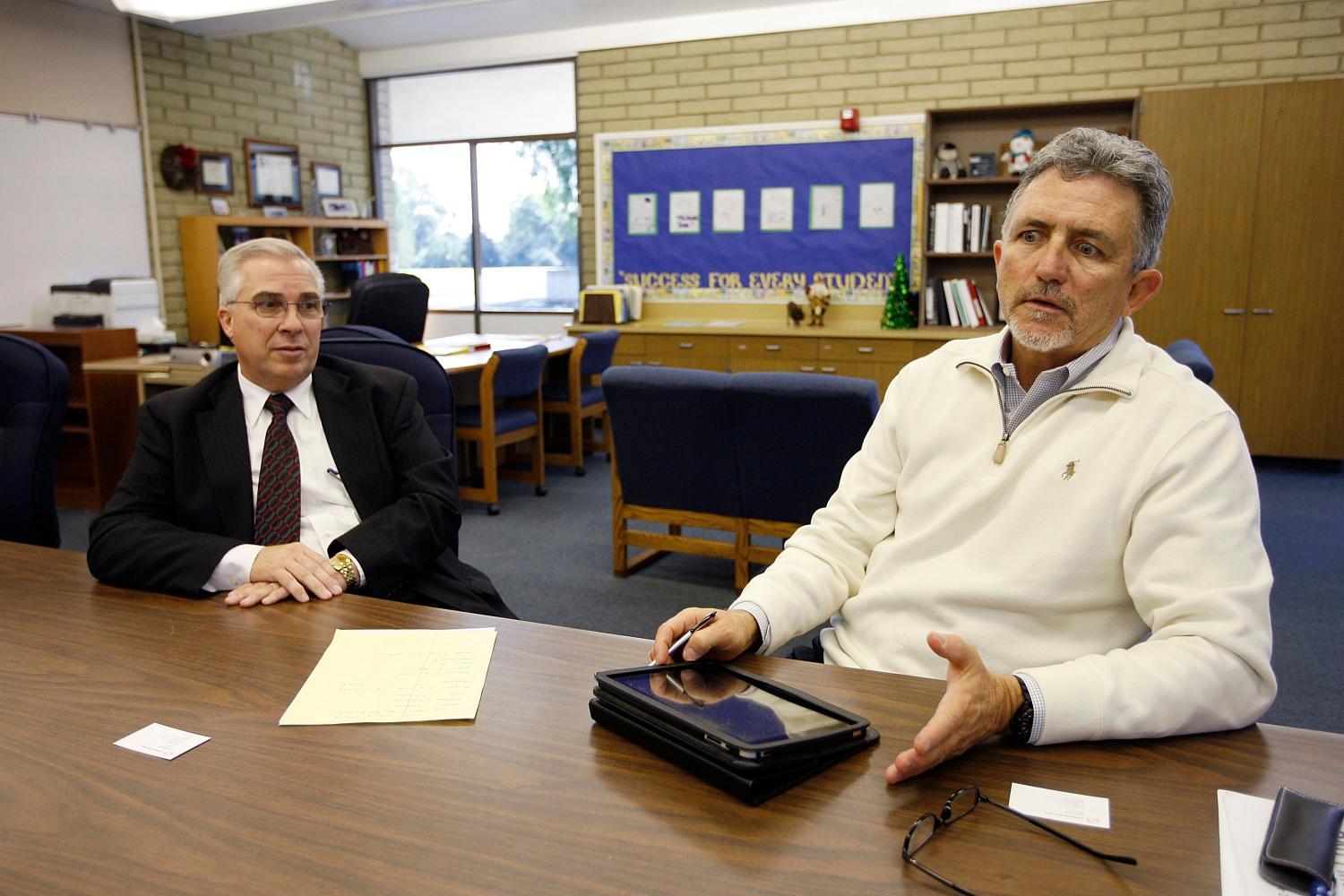With the passage of the Every Student Succeeds Act (ESSA), state education agencies (SEAs) and local education agencies (LEAs) need to make evidenced-based decisions for students. And, at least in part as a result of ESSA, an increasing number of SEAs are seeking to collaborate with external researchers as a way of making informed policy decisions that impact students and workforce by addressing and supporting their research agendas. SEAs are developing their data systems to be used for high-quality evaluation and research studies, and increasing partnerships with researchers for help is a natural next step that is beneficial for all parties.
Many SEAs across the country rely upon a strategic plan or research agenda to address their critical policy and programmatic needs while highlighting priorities. As budgets get tighter and staff are whittled away, SEAs are looking for ways to answer their important questions and fill in gaps for high-leverage areas of need that will ultimately impact students positively. Forging a successful partnership can be beneficial to both parties, but it can sometimes be challenging to make that partnership work.
In February, representatives from three SEAs (Montana, Rhode Island, and Wisconsin) were presenters as part of a webinar entitled Increasing Organizational Capacity: Successful Partnerships with Researchers. They shared valuable lessons about their own successful partnerships with researchers and tips for other SEAs to consider how to cultivate such partnerships. Though the webinar and the takeaways were directed to SEAs specifically, the lessons are just as applicable to LEAs considering engagement with research partners. If well formed, these collaborations can help fulfill or further the priorities and needs of the department. Below are a few takeaways that are applicable to SEAs, LEAs, and researchers:
- Leverage the research agenda. Many SEAs publish strategic plans or research agendas—not only to guide their work, but also to be transparent about the critical areas of importance for a state. Additionally, the research agenda can be leveraged as the basis for a researcher’s planning when hoping to partner with an SEA. The research agenda can help a researcher propose a study that is aligned to the state needs, has relevance, is practical, and focuses on finding solutions for students, their families, and the good of the state. The SEA will be looking for those things when reviewing research requests. If they can’t see how the research aligns with their priorities and benefits students, they may be less likely to partner.
- Utilize a research request process. Most SEAs have a process by which a researcher can make a request—and typically, the applicant has to explain how the proposed research aligns with the SEA’s priorities. In this way, the SEA can abide by the Family Educational Rights and Privacy Act (FERPA) requirements, a law that ensures the privacy of student records. FERPA restricts information sharing to protect students, but does allow the disclosure of information to specified officials for audit or evaluation purposes. Therefore, in order for an SEA to enter into a data-sharing agreement[1] with a researcher for student-level data, the researcher’s study needs to be aligned with SEA priorities, so that the results can be leveraged for audit or evaluation purposes. If the study does not align, the SEA cannot enter into an agreement as it would not further the understanding of their programs or priorities.
- Be aware of an SEA’s sources and systems of data. The degree to which a state or SEA’s data systems vary can be significant. This variation may be based on the maturity of these systems or even legislation that specifies or limits the types of data a state may collect. In some cases, these data systems serve to bridge the questions and answers states pose to inform policy and program support. In others, the primary focus may be on compliance reporting. Depending on the robustness of a state’s longitudinal data system, the types of questions that can be answered in support of the research agenda will vary. And although the statewide longitudinal data systems (SLDS) Program supports states to more effectively use data from their data systems to make informed decisions, researchers should be aware of individual state context to minimize burden to the SEA and themselves.
- Get your institutional review board approval in advance, or at least provide evidence in your research application that the approval is in process. Some SEAs will grant you conditional or contingent approval, which can help the researcher secure his or her own grant funding.
Ultimately, both SEAs and researchers stand to benefit from successful partnerships, and not just through increasing the number of publications by researchers or having evidence-based results available for SEAs to put to use for decision-making about student learning—though these are two very compelling reasons. As these partnerships become an integral part of how SEAs and LEAs conduct work, there will be changes in how decisions are made. There’s greater potential to have impact on students and to be more efficient and effective in their day-to-day business. For researchers, they will be able to see a more direct impact of their work, and can potentially explore further to help guide SEAs and LEAs as they make critical decisions for students. These mutually beneficial relationships have the potential to truly help propel students and make positive changes in the future.
[1] A data-sharing agreement is an assurance from the researcher that they cannot use, reveal, or in any other manner disclose any personally-identifiable information furnished, acquired, retrieved, derived, or assembled by themselves or others for any purpose other than those purposes specified for the research project; and they must comply with FERPA and other applicable state laws and policies.
The Brookings Institution is committed to quality, independence, and impact.
We are supported by a diverse array of funders. In line with our values and policies, each Brookings publication represents the sole views of its author(s).




